De Grey on aging… Respect AEWR.
Aubrey de grey, chief science officer, SENS research foundation.
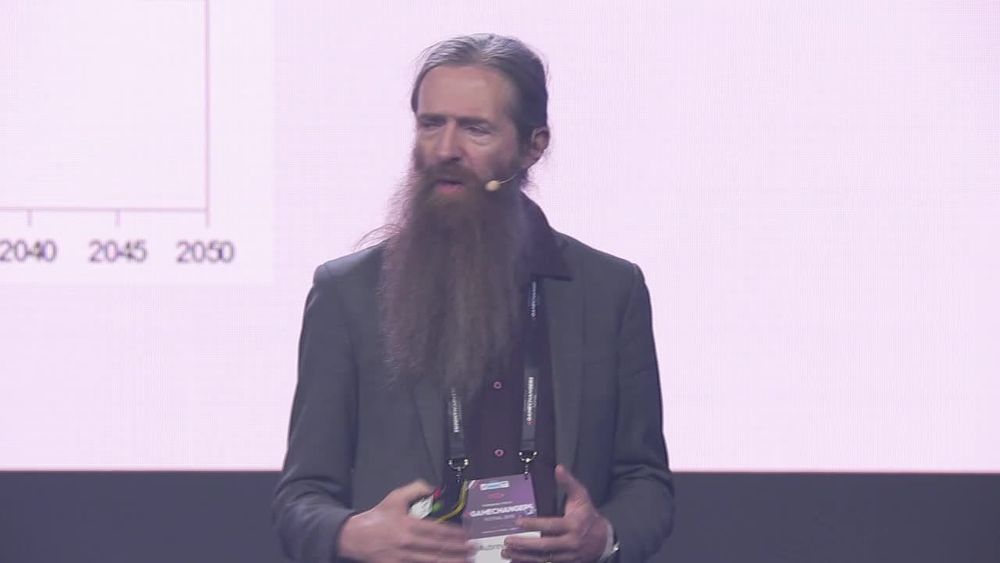

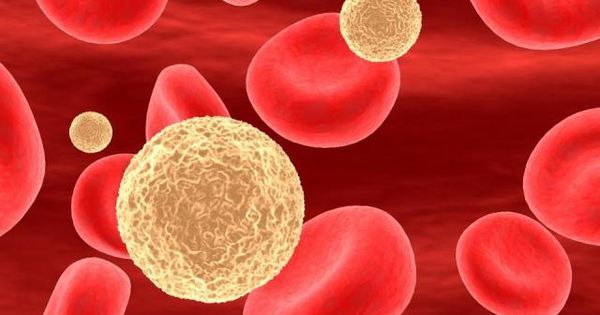
Research published today in Nature Medicine by scientists at the National Cancer Institute (NCI) has described a new immunotherapy approach, which led to a complete disappearance of tumors in a woman with advanced metastatic breast cancer who only had months to live.
The findings show how naturally-occurring tumor infiltrating lymphocytes (TILs) were extracted from the patient’s tumor, grown outside of her body to boost their numbers and injected back into the patient to tackle the cancer. The patient had previously received several treatments including hormone therapies and chemotherapy, but nothing had stopped the cancer progressing. After the treatment, all of the patient’s tumors disappeared and 22 months later, she is still in remission.
Researchers are particularly enthusiastic about the potential of TILs to treat a group of cancers termed ‘common epithelial cancers’, which include those of the colon, rectum, pancreas, breast and lung, together accounting for 90% of all deaths due to cancer in the U.S, around 540,000 people annually, most of these from metastatic disease.
Imagine buzzing the skin over an internal wound with an electrical device and having it heal over just a few days – that’s the promise of new nanochip technology that can reprogram cells to replace tissue or even whole organs.
It’s called Tissue Nanotransfection (TNT), and while it’s only been tested on mice and pigs so far, the early signs are encouraging for this new body repair tool — and it sounds like a device straight out of science-fiction.
The prototype device, developed by a team at Ohio State University, sits on the skin and uses an intense electrical field to deliver specific genes to the tissue underneath it. Those genes create new types of cells that can be used nearby or elsewhere in the body.
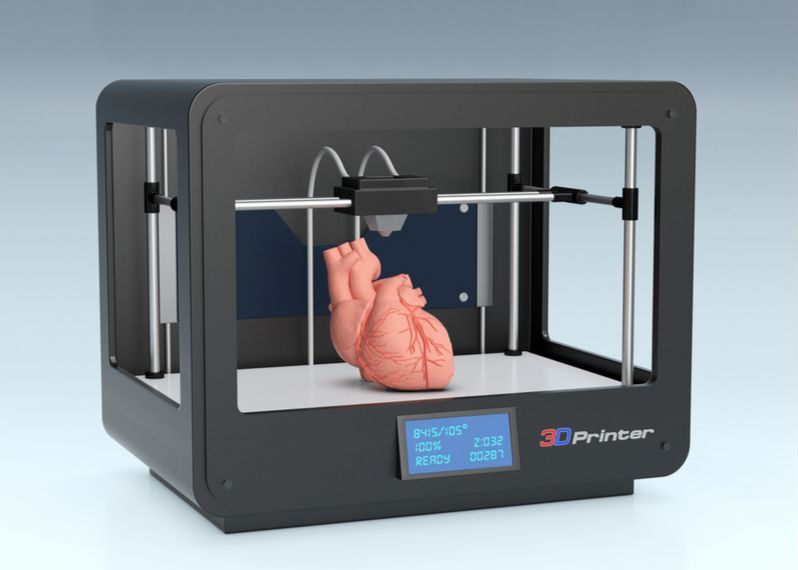
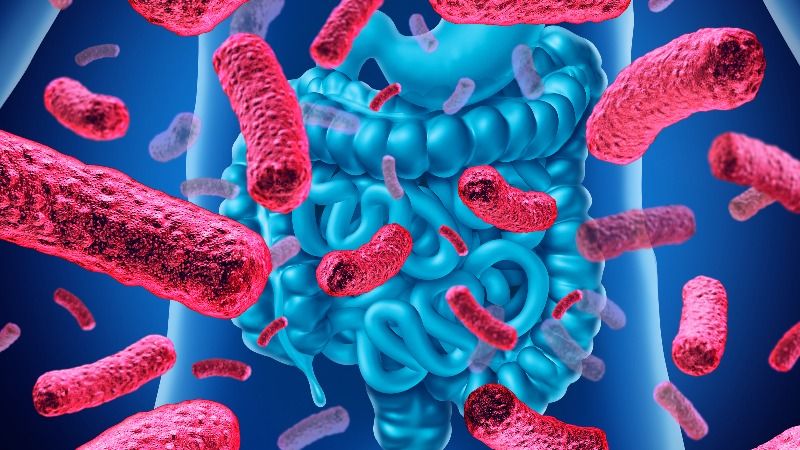
The gut microbiome appears to be increasingly responsible for at least some of the decline of the immune system during aging, and a new mouse study shows that it is reversible.
The gut microbiome
The microbiome describes a varied community of bacteria, archaea, eukarya, and viruses that inhabit our guts. The four bacterial phyla of Firmicutes, Bacteroidetes, Proteobacteria, and Actinobacteria comprise 98% of the intestinal microbiome.

LMAO The babies died of the flu Keep making mistakes on the aleal borders and the organism dies of viral infections… This seems to be exactly the same result as a majority of the cloned animals over the last thirty years too. It is hard to get that puppy of your favorite dog to stick… Pitty really for the genetically engineered children who will mostly suffer and die before adulthood.
Gene targeted in the ‘CRISPR baby’ scandal might prove fatal, study finds. Nick carne reports.
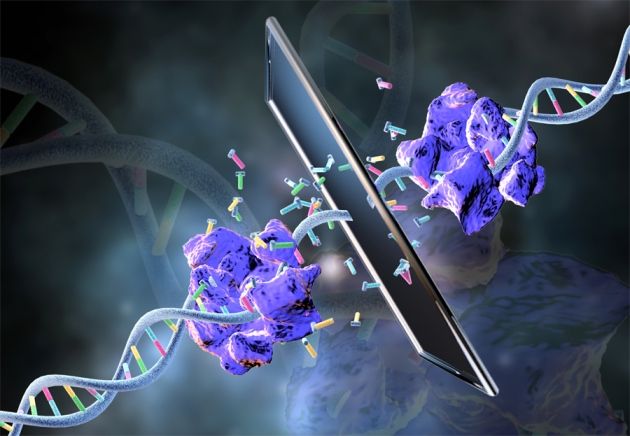
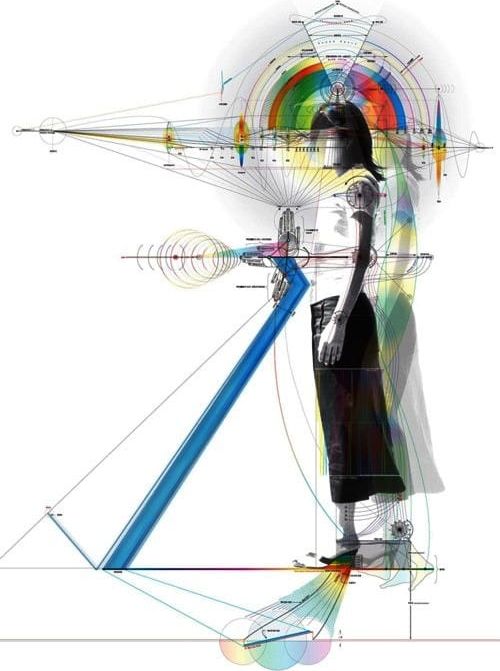
The double helix of dna and transferring for information and energy by torsion field in quantum beings.
Every human is a complex, multi-dimensional energy being.
THE HUMAN BIOFIELD DEFINED:
The human biofield is the energetic blueprint or matrix that creates the human form. Every human being, and every living creature on this planet, has such a blueprint. The human biofield is multidimensional, offering 3D physical form along with the vibrational aspects of the emotional and mental planes and beyond. The biofield is holographic and predetermines who we are, while at the same time reflects our state of being moment to moment. If any portion of the physical body is removed, the holographic blueprint of that tissue remains. The biofield can be read, scanned and interpreted in many different ways, just like any blueprint.